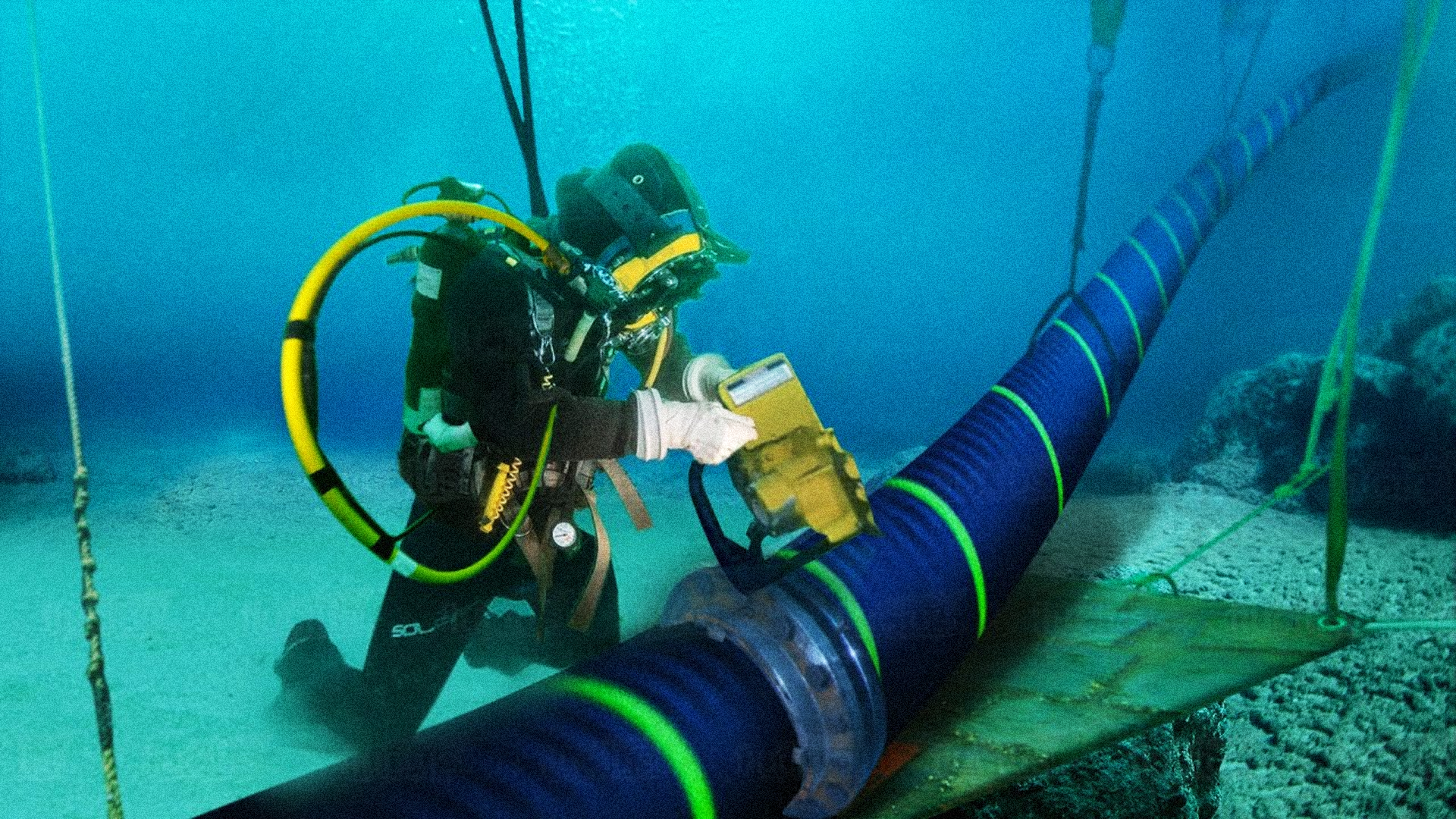NATO has increased surveillance in the Baltic Sea after reports of suspicious Russian vessels being spotted near sites of damaged internet cables, threatening a global outage.
The modern world sees itself heavily enveloped by the internet. Today, there are 5.56 billion internet users, with an exponential increase since it was adopted.
Hence, the idea of a global internet outage feels almost surreal – like the kind of crisis only Ethan Hunt could race against time to stop. Yet, Russia’s latest crusade has made this crisis a realistic one.
Since October 2023, at least 11 underwater cables have been damaged in the Baltic Sea and the North Sea. These cables carry about 95% of international data traffic, making them critical infrastructure for global internet, communications, and financial systems.
Russia is suspected of sabotaging undersea infrastructure in the Baltic Sea, with over 50 vessels – including the spy ship Yantar – spotted in the region. The area is dense with internet cables that facilitate global internet traffic and connect countries like Finland, Germany, Sweden, Russia, and many more. Due to its importance and proximity, Russia can easily enter the region and disrupt the cables discreetly.
NATO experts view this as part of a broader Russian hybrid warfare strategy targeting European undersea cables, pipelines, and power links. The Russian Undersea Research Program, a likely paramilitary effort, is believed to be mapping and possibly damaging critical infrastructure.
These attacks have reportedly used simple tactics such as dragging anchors from tankers through cables, effectively cutting through them. Though internet services remain mostly unaffected due to rerouting, the incidents highlight vulnerabilities in global communications.
Implications of a global internet outage
The obvious implications would be the immediate severance of essential communication tools, halting both personal and professional interactions. This could not only disrupt operations but also isolate communities and hinder emergency coordination.
On an international stage, the effect of an outage could be vast, hitting various global sectors. For instance, a study done with 92 countries found that such an event could cause a 15.6% decrease in GDP per capita with an average daily cost of $86.58 per person.
Extrapolated globally, this could equate to trillions in losses within days. For context, in 2020, an internet shutdown of 8,927 hours caused India $2.8 billion in losses. So imagine a global outage – the economic consequences would be beyond comprehension.
Supply chains would face collapse with disruptions halting production, delaying deliveries, and causing shortages of goods. Additionally, the financial market, such as stock exchanges, digital banking, and most importantly, cryptocurrency platforms, would be paralysed. This could potentially cause the financial sector to melt down and further worsen the economic crisis.
Critical infrastructure like power grids are also left vulnerable to unmonitored cyberattacks, increasing the risk of widespread chaos. This could amplify hybrid warfare tactics with military escalations and heightened geopolitical tensions.




















